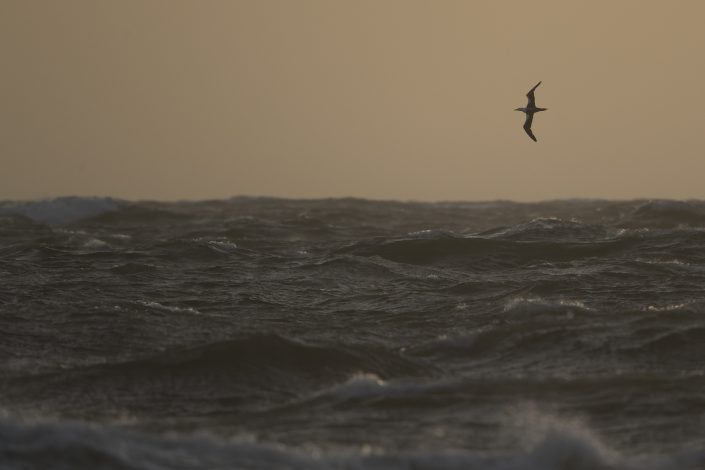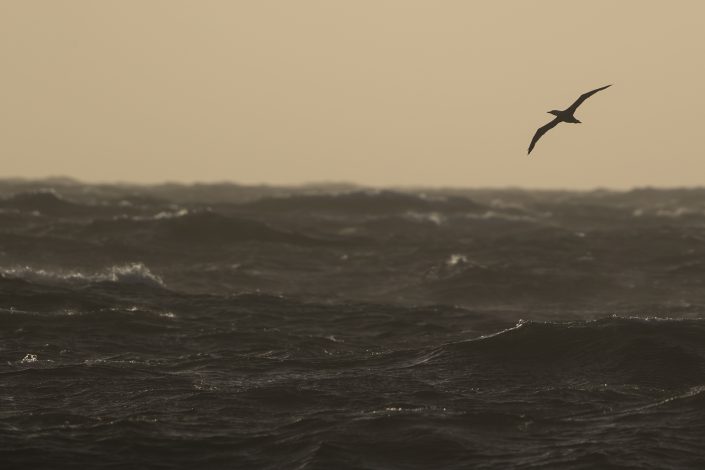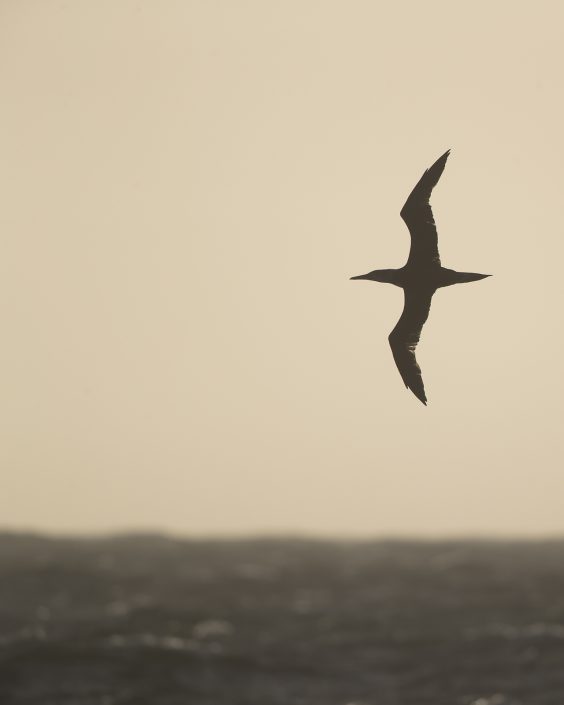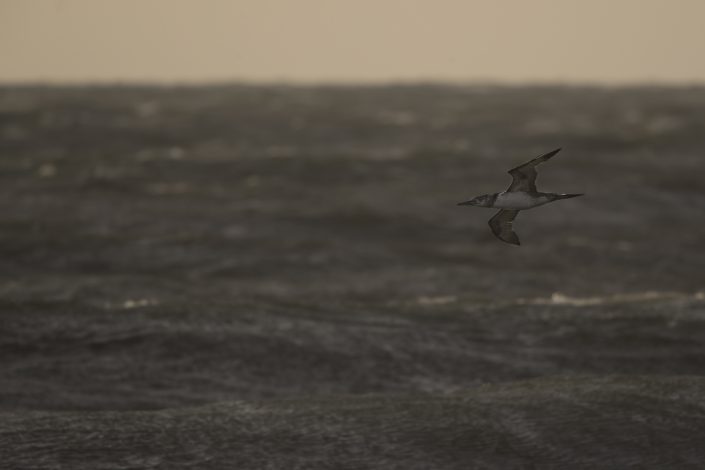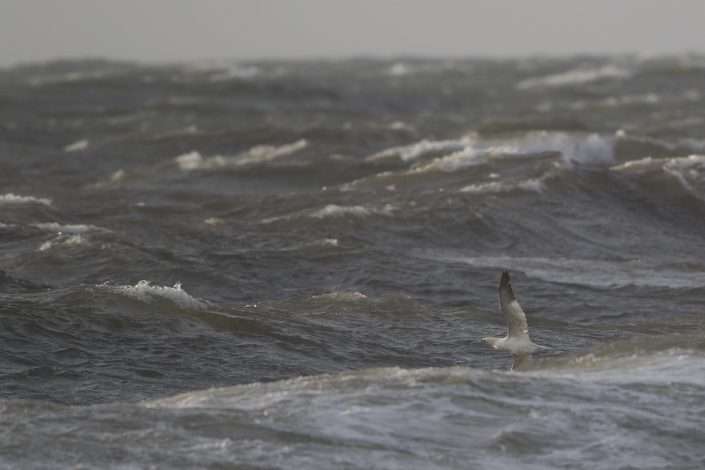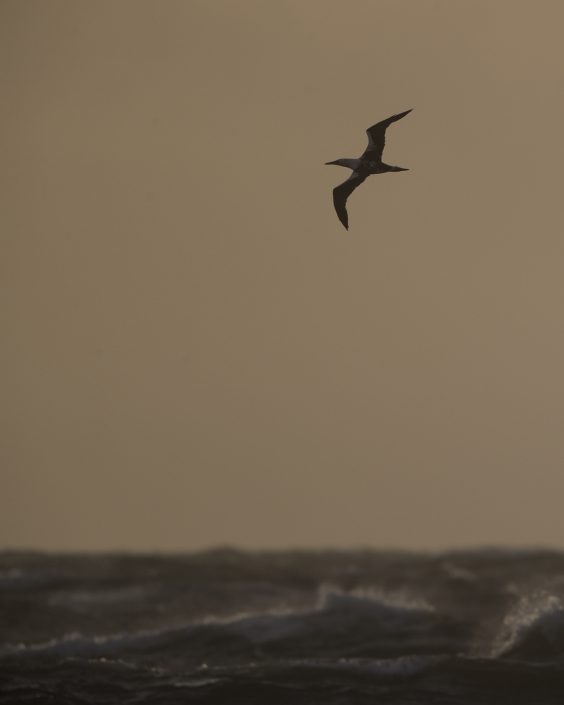This post is also available in: Swedish
Northern gannet – Morus bassanus
Northern gannet – Morus bassanus
Northern gannet (Morus bassanus) is a seabird and the largest member of the gannet family, Sulidae. “Gannet” is derived from Old English ganot “strong or masculine”, ultimately from the same Old Germanic root as “gander”. Morus is derived from Ancient Greek moros, “foolish” due to the lack of fear shown by breeding gannets and boobies allowing them to be easily killed. The specific bassanus is from the Bass Rock in the Firth of Forth, which holds the world’s largest colony of northern gannets.
The northern gannet has the same colours as the Australasian gannet and is similar in appearance. Nesting in colonies as large as 75,000 pairs on both sides of the north Atlantic this bird undertakes seasonal migrations and is a spectacular high-speed diver.
Adults are 81–110 cm (32–43 in) long, weigh 2.2–3.6 kg (4.9–7.9 lb) and have a 165–180 cm (65–71 in) wingspan. Before fledging, the immature birds (at about 10 weeks of age) can weigh more than 4 kg (8.8 lb). Each wing measures between 47 and 53 cm (19 and 21 in) when outstretched and the beak measures between 9 and 11 cm (3.5 and 4.3 in) (measured from the head). The two sexes are a similar size.
The plumage of the adults is white with dark wing tips, with colours that range from brown to black. The colour of the head, cheeks and side of the neck depends on the season and the individual; during breeding, the head and neck are brushed in a delicate yellow, although this colouring may not be evident in some individuals. The feathers are waterproof, which allows the birds to spend long periods in water. A water-impermeable secretion produced by a sebaceous gland covers the feathers and the birds spread it across their body using their beak or their head. The eye is light blue, and it is surrounded by bare, black skin, which gives the birds their characteristic facial expression.
It sounds like this
Recordig by David Darrell-Lambert from Xeno canto



